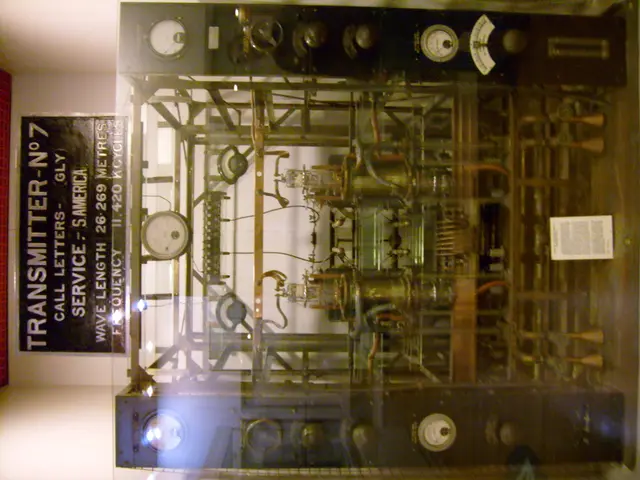New Pipeline Combines Deep Learning and GPU Power to Revolutionize Epilepsy Research
A groundbreaking study has developed a new analysis pipeline combining deep learning and GPU computation to study gene expression in epilepsy. The pipeline, created by a team of researchers, establishes a scalable and interpretable framework for analyzing complex RNA sequencing data in epilepsy, affecting an estimated 50 million people worldwide.
The pipeline, using GPT-2 XL and NVIDIA H100 GPUs, identifies significant transcriptomic modifications linked to epilepsy. It achieved state-of-the-art performance with an Area Under the Curve of 0.90 and an F-score of 0.88. Remarkably, training and visualization were completed in under one hour, a nine-fold improvement compared to previous generation GPUs. Principal Component Analysis confirmed the robustness of the analysis, capturing over 65% of the variance in the first principal component.
Future work will focus on incorporating genomic embeddings, expanding to multimodal datasets, and developing GPU-accelerated differential expression workflows. Potential therapeutic targets include reduced hippocampal astrogliosis following a ketogenic diet and restored signaling balance in zebrafish models.
The new analysis pipeline, developed by Muhammad Omer Latif, Hayat Ullah, Muhammad Ali Shafique, and Zhihua Dong, offers a powerful tool for understanding and potentially treating epilepsy. Its computational efficiency and robust performance make it a significant advancement in the field.
Read also:
- Prehistoric Stone Artifacts Discovered, Unconnected to Any Recognized Early Human Species!
- Aligos Therapeutics to Present Novel HBV Therapy at The Liver Meeting® 2025
- Old Kilo finally retired after 130 years:Justifying the introduction of a new standard kilogram and commencing a new measurement phase.
- Advancing Cancer Research through Computer Vision Techniques








